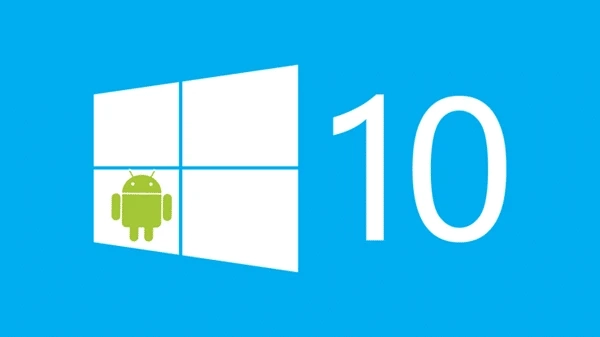There are several reasons when you connect your Android device to the Windows 10 system. But some users are facing issues while connecting it. So, if you want to troubleshoot this, follow the directions mentioned below.
Check the USB System Connection Settings
To check the USB system connection settings, follow these on-screen step by step directions given below:
Go to the Android device and launch the Settings into it.After that, reach the Storage option and click on it.Then hit the vertical ellipsis menu icon on the upper right side of the screen.Thereafter click on the ‘USB computer connection’ option.Navigate to the options list and click on the ‘Media device (MTP)’ option.Finally, link the Android device to the system, and it can be detected.Update your Driver Manually
To update your driver manually, follow these on-screen step by step directions given below:
First and foremost, hold the Win and X shortcut keys simultaneously over the keyboard to invoke the Win + X menu.Afterward, select the Device Manager option.You should find the Android device and right-click on it then pick the Update driver option.Later, choose the ‘Browse my computer for driver software’ option.Then hit the ‘Let me pick from a list of device drivers on my computer’ option.Go to the list and select the ‘MTP USB Device’ option then hit the Next button.Once installed the driver, the Android device should be detected.Uninstall the Android Drivers
To uninstall the Android drivers, follow these on-screen step by step directions given below:
First and foremost, link the Android device to the system.Then launch the Device Manager on your device.After that, find the Android device which is normally placed in the Portable devices or Other Devices section.Once you get it, right-click on it then pick the Uninstall button.Once uninstalled the drivers, detach the Android device.You should link it once again and wait until Windows 10 reinstall its drivers.Now, check whether the Android device is now detected.Link the Android Device as a USB Mass Storage Device
To link the Android device as a USB Mass storage device, follow these on-screen step by step directions given below:
Go to the device and select the Settings option.Then choose the vertical ellipsis menu icon.Afterward, select the USB utilities, then choose the ‘Connect Storage to PC’ option.You might be requested to detach and attach the Android device in short order to install the needed drivers.Additionally, you might also get requested to disable USB debugging.Once finished with all the instructions, check whether the Android device is detected.Turn on USB Debugging
To turn on UN debugging, follow these on-screen step by step directions given below:
Navigate to the Settings option on your Android device.Then choose the “Developer Options’ button.In case you get a warning alert, hit the OK button.Later, you are required to turn on ‘Developer Options’ and then tick the USB debugging option.Once you get a warning message, hit the OK button to shut it.Restart the Device into ODIN Mode
To restart the device into ODIN mode, follow these on-screen step by step directions given below:
Use the ‘Volume Down + Home + Power’ shortcut buttons to switch on the device.Then hold the Volume up key and link the device to the system and allow it to install the needed drivers.You should remove the battery then start the device usually.Now, check whether the Android device is now detected by Windows 10.Reinstall Composite ADB Interface
To reinstall the composite ADB interface, follow these on-screen step by step directions given below:
Invoke the Device Manager, then find the ‘Android Composite ADB Interface’ option.Once you get it, right-click on it, then pick the Uninstall button.Keep in mind to tick the ‘Uninstall driver software for this devionce’ box.Later, reboot the system and link the Android device again. Check the issue.If it still appears, download the ‘USB Driver from Google’ option and run it to the system.Later, launch the Device Manager.You should select the ‘Scan for hardware changes’ option.Locate the ‘Composite ADB Interface’ option and right-click on it then pick the ‘Update driver’ option.Later, choose the ‘Browse my computer for driver software’ option.Now, locate the location wherever Google USB driver is extracted, then tick the ‘Include subfolders’ box.Hit the Next button to install your driver.Launch the ‘Command Prompt as administrator’ option.Once launched the Command Prompt, input the pursuing lines and hit the Enter key individually:adb kill-serveradb start-serveradb devicesRead Official Blog Post - Windows 10 Doesn’t Recognise Android Phone: Here are the Fixes


